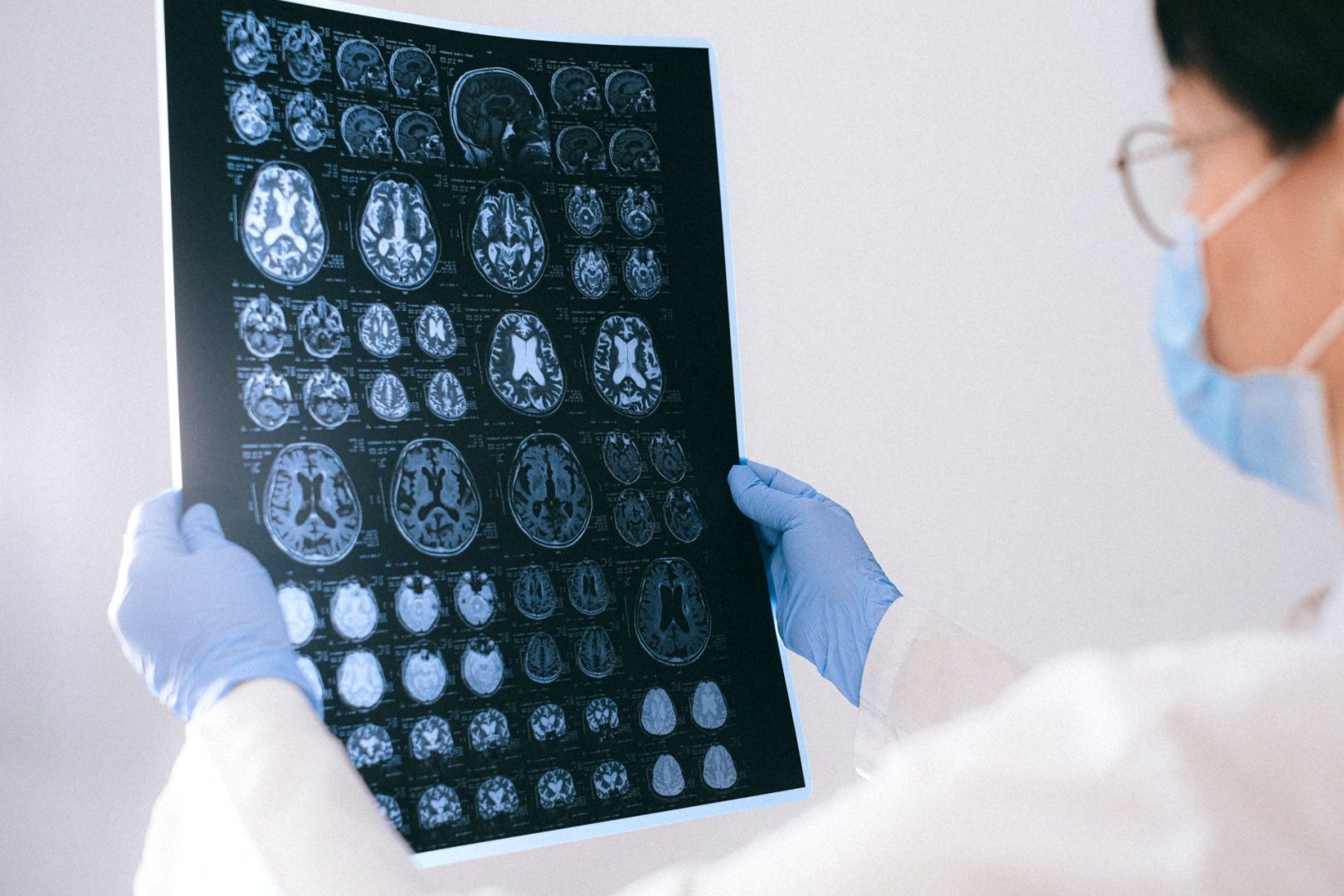Rewiring the Brain: Trauma and Neuroplasticity
The human brain is a remarkable organ that continuously evolves and adapts over the course of our lives. Our brains can react to a variety of stimuli and experiences, both good and bad. Thanks to a phenomenon known as neuroplasticity. While understanding neuroplasticity as a primarily positive force from this definition, it can also play a role in contributing to the emergence of mental health disorders, especially in the context of trauma.
Understanding the Stress Response
Let’s first explore the body’s stress response, which activates protective mechanisms to manage dangerous or life-threatening events effectively. Moreover, stress hormones released during danger prepare the body to confront threats, ensuring immediate survival in challenging environments. However, when stress becomes traumatic or persistent, it can overwhelm adaptive systems and trigger harmful physiological and psychological changes. Consequently, prolonged exposure to extreme stress may damage brain structures, impair regulation, and increase vulnerability to developing serious mental health disorders.
The Connection Between Trauma & Neuroplasticity
Post-Traumatic Stress Disorder (PTSD) is one of the most detrimental consequences of ongoing traumatic stress. The symptoms of PTSD include intrusive, uncontrollable flashbacks, constant hyperarousal (i.e., feeling on edge all the time), and avoidance behaviours, including emotional numbing. In addition, nightmares, trouble sleeping, substance abuse, depression, and a higher risk of suicide are common in people with PTSD.
Trauma Brain Repair & Its Dual Impact
Commonly observed in people with PTSD, traumatic stress develops from experiences causing intense fear, helplessness, or overwhelming horror. Moreover, repeated exposure to such events increases the probability of PTSD development, impacting emotional stability and overall mental health. Neuroplasticity enables the brain to modify structure and function in response to environmental or internal stimuli across a lifetime. However, while neuroplasticity often supports learning and recovery, it can also reinforce harmful patterns that prolong psychological distress and dysfunction.
When Healing Creates New Challenges
For instance, the brain reorganises itself after traumatic brain injury, sometimes triggering epilepsy development. Consequently, neural connections change in ways that may cause recurrent seizure activity. Similarly, neuroplasticity can contribute to chronic pain after spinal cord injury or amputation. Moreover, such pain may persist even when no physical cause remains present. Additionally, altered brain signalling patterns can reinforce the perception of non-existent pain sensations. Therefore, understanding these processes is essential for developing effective treatment strategies and interventions. Likewise, early rehabilitation efforts may help minimise maladaptive neuroplastic changes after severe injuries. Furthermore, targeted therapies can retrain neural pathways and reduce persistent pain symptoms. Ultimately, research into neuroplasticity offers promising possibilities for improving recovery outcomes. In conclusion, addressing these changes early can enhance quality of life significantly.
The Lasting Impact of Traumatic Memories
From a psychiatric perspective, stressful situations can significantly alter memory processes. Moreover, these alterations often involve both consolidation and reconsolidation of memories. PTSD frequently presents with intrusive memories that may emerge as distressing flashbacks. Additionally, hyperarousal of psychophysiology commonly accompanies these intense and vivid flashback experiences. Although neuroplastic changes support adaptation, they can also reinforce negative behavioural patterns. Consequently, stress-enhanced memory reconsolidation may sustain dysfunctional coping mechanisms in affected individuals. Ultimately, such prolonged dysfunction can severely impact overall health and emotional well-being.
Final Thoughts on Trauma Brain Repair
Innovative therapeutic approaches address PTSD by using neuroplasticity to help individuals manage their symptoms effectively. These treatments actively work to minimise the emotional impact of traumatic memories. Grasping the brain’s ability to “rewire” enables professionals to provide targeted guidance and hope. Understanding neuroplasticity empowers survivors to develop healthier coping mechanisms and emotional resilience. Ultimately, these methods help individuals reclaim their lives and restore their overall well-being after trauma.
Trauma Brain Repair: Written by Seray Soyman
If you think that you can benefit from professional support on this issue you can reach out here.
Seray Soyman is working as a Clinical Psychosexologist within the Willingness team, providing psychosexual education and sexual support sessions, as well as delivering training and workshops. She has a master’s degree in Clinical Psychosexology from the Sapienza University of Rome. Seray’s research interests are sexual communication, sex-positive behaviour, LGBTQIA+ studies, and sexual health.
References
Deppermann, S., Storchak, H., Fallgatter, A. J., & Ehlis, A. C. (2014). Stress-induced neuroplasticity: (Mal) adaptation to adverse life events in patients with PTSD–A critical overview. Neuroscience, 283, 166-177.
Kolassa, I. T., & Elbert, T. (2007). Structural and functional neuroplasticity in relation to traumatic stress. Current directions in psychological science, 16(6), 321-325.






